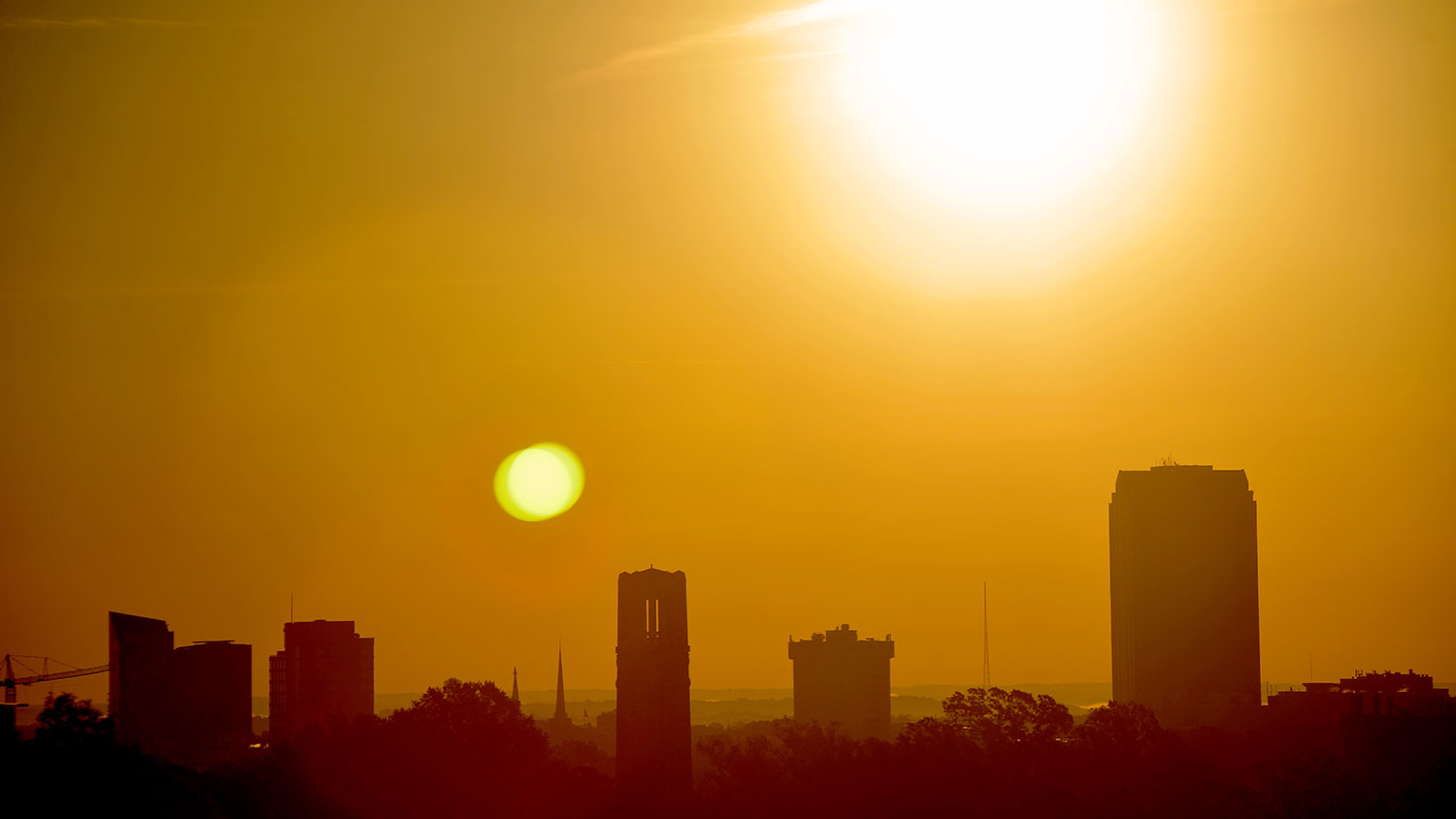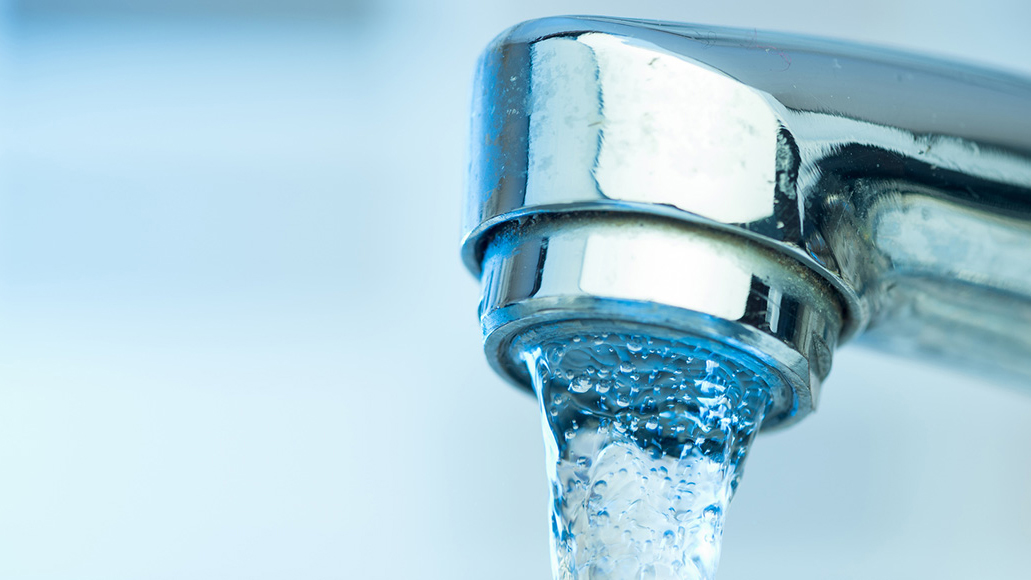Baby, it’s Hot Outside. New Toolkit to Help Reduce Heat-Related Health Problems

As summer heats up, with heat domes already causing record-breaking temperatures across the country, the North Carolina Office of Recovery and Resiliency (NCORR) has issued a heat action plan toolkit for local governments to help their citizens avoid heat-related injury.
The toolkit contains guidance for local governments on when to implement mitigation strategies like cooling centers, templates for public health announcements about heat, and materials for public distribution.
The Abstract sat down with N.C. State Climatologist and project partner Kathie Dello to talk about how the toolkit came about, the dangers of extreme heat and how the toolkit may help us safely navigate another North Carolina summer.
The Abstract (TA): What was the impetus for this project?
Dello: This project was sparked by our collaborator and partner Anne Lowry, the environmental health director in Chatham County. She reached out to NCORR for some assistance in planning for extreme heat. Andrea Webster, NCORR’s resilience policy advisor, approached me in April 2023 and I remember saying, “It would be great if we didn’t have to do this 100 times for all 100 counties – how can we help Anne and also make this a statewide effort?” So we called up our partners at the NC Department of Health and Human Services and the Duke University Heat Innovation Policy Hub and convened a July workshop in Fayetteville to bring some of our local government partners together and ask them what they needed. We plan for hurricanes and floods a certain way, but heat is different, and less in your face than a flooded road or a tornado.
TA: Have we seen a jump in the number of heat-related deaths?
Dello: Recent analysis showed that more Americans died from extreme heat last year than ever before (that linked AP article says the number was more than 2,300). It’s our number one weather-related killer – more than the things we tend to think of as weather disasters, like tornadoes or hurricanes. We also know that the actual count is likely much higher than the article states. Heat can exacerbate other conditions in the body, and people may get sick or die and it’s not counted as extreme heat. In a warming climate with more hot days and hot nights, we can expect to continue to see this trend continue. The good news is that these illnesses and fatalities are largely preventable.
TA: What do we mean by “extreme heat?” North Carolina’s summer months can be pretty miserable – I’ve even heard summer here described as “Hell’s front porch.” How much hotter has it gotten in recent decades and what are we likely in for in terms of summer heat in the future?
Dello: North Carolina’s summers have always been hot. But they’re getting hotter. And these hot days aren’t just confined to the “Hell’s front porch” months of July and August anymore. We’re seeing 100 degrees Fahrenheit in September, even as late as October in recent years, as was the case here in Raleigh in 2019. And here in North Carolina, it’s not just the days, but our nights are warming at a faster rate. This may not mean much to you if you have air conditioning – but not everybody has air conditioning, and not everyone can afford to run their air conditioner. We also don’t want to get to the point where extreme heat has become such a problem in the state that we’re unprepared. We’ve seen fatal and historic heatwaves in places like Mexico in the past few weeks. We want to prepare for extreme heat the same way that we prepare for the more in-your-face disasters like hurricanes. We plan for the worst, and hope for the best. We want to keep North Carolinians safe and thriving.
And we know the climate is changing. The 5th National Climate Assessment, which came out last year (I was an author) shows that if the planet warms 2 degrees Celsius from the preindustrial era, Wake County will see 17 more days over 95 F than we did over the last 30 years. The North Carolina Climate Science report from 2020 (I was also an author on that) shows that we’re getting more humid – and we know the combination of the two here in North Carolina is what makes those hot days incredibly uncomfortable, and even unsafe.
TA: Who is most vulnerable to heat, and what are the signs of heat stroke?
Dello: Anyone can get very sick from heat stroke and heat exhaustion. Children and elderly folks are more vulnerable, and people who are exposed to heat for longer periods of time like outdoor workers, but we can see otherwise healthy people succumb to heat-related illnesses or even death. The signs to look for are cramping, chills and dizziness.
TA: Which communities are most at risk from extreme heat, and what are some things individuals can do to help?
Dello: We know our most vulnerable communities are our outdoor workers, our elderly, and low-income families that can’t afford or access cooling. But there are some simple and low-cost mitigation measures people can employ, like using fans, soaking clothes and feet, and using ice towels. Athletes need more water breaks and sometimes earlier or later practice times. And communities can open cooling shelters on the hottest days of the year.
TA: How do you hope the toolkit will help North Carolina communities?
Dello: We hope that this will help communities keep people safe, but also take one thing off their plate. We know that local government officials do everything – from putting up the main street Christmas decorations to hurricane recovery efforts. Heat deaths and illness are preventable.


